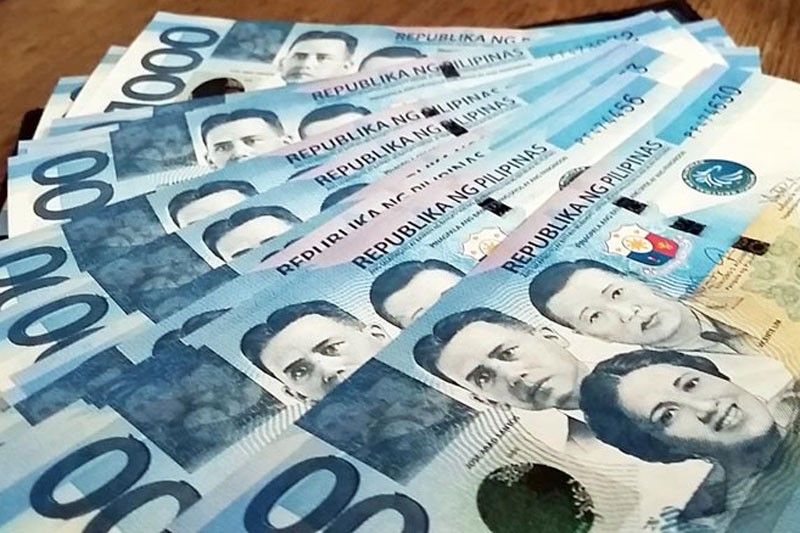Peso seen weakening to P54 to $1 by end 2018

MANILA, Philippines — DBS Bank Ltd of Singapore sees the peso weakening further to 54 to $1 by the end of 2018 amid rising inflationary pressures as well as the country’s ballooning trade deficit.
In its latest report, the investment bank noted the peso has fallen to a 12-year low of 52.95 versus the US dollar on Monday and has emerged as the weakest currency in the region with a depreciation of 5.8 percent year-to-date.
The depreciation was more than the full-year depreciation of 5.4 percent and 4.7 percent seen in 2016 and 2015, respectively.
The local currency shed 25 centavos to close at 52.95 to $1 last Monday from Friday’s 52.7. This was the weakest level for the peso since closing at 52.98 to $1 last July 3, 2006.
“With opinion divided on whether the economy is overheating, the peso is likely to keep its depreciation path towards 54 by end-2018,” DBS said.
It said the latest weakness was triggered by the trade deficit that widened to a cumulative $12.2 billion in the first four months, 1.6 times wider compared to the same period a year ago.
The trade shortfall, DBS said, is pressured from both sides with a 6.2 percent year-on-year decline in exports versus a 10.5 percent jump in imports in January to April.
Likewise, DBS said the country’s foreign exchange buffer continued to thin hitting a three-year low of $78.97 billion in May or $641 million lower than the revised April level of $79.61 billion.
The GIR is the sum of all foreign exchange flowing into the country. The reserves serve as buffer to ensure that the Philippines would not run out of foreign exchange to pay for imported goods and services or for maturing obligations in case of external shocks.
“Nonetheless, the end-May 2018 level of GIR serves as an ample external liquidity buffer,” Espenilla said, adding the amount is enough to cover 7.7 months’ worth of import of goods and payments of services and primary income.
Likewise, the buffer is also equivalent to 5.4 times the country’s short-term external debt based on original maturity, and 3.9 times based on residual maturity.
“Foreign reserves have, for the first time since 2014, fallen below $80 billion since April,” DBS said.
Inflation inched up to a fresh five-year high of 4.6 percent in May from 4.5 percent in April amid rising global oil prices as well as the impact of the implementation of Republic Act 10963 or the Tax Reform for Acceleration and Inclusion (TRAIN) Law.
Inflation averaged 4.1 percent in the first five months of year, exceeding the two to four percent target set by the Bangko Sentral ng Pilipinas (BSP).
This prompted the BSP’s Monetary Board to raise its policy rates by 25 basis points and raise its inflation forecasts to 4.6, instead of 3.9 percent this year and to 3.4 instead of three percent for next year.
“We see one more hike later this year,” DBS said.
- Latest
- Trending



























